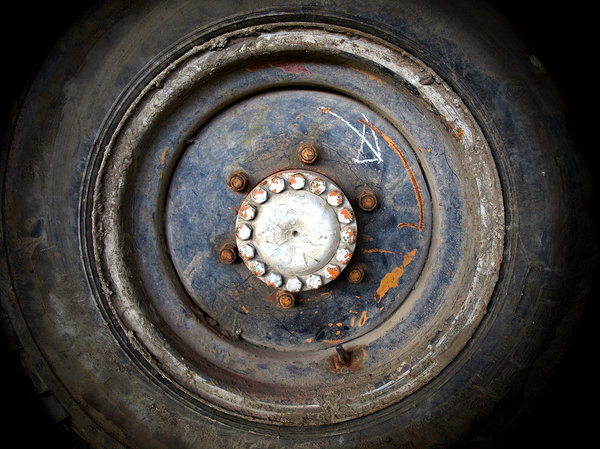Owning a car can be expensive, and many car owners are filled with dread when they see the "check engine" light starting to flash. That warning usually means a trip to the car repair shop and spending a hefty sum, but here are some tips to help you save money on maintenance and repairs. If you are knowledgable about the process, you will certainly feel better about taking your car to the mechanic and confident that you are receiving the best value for your efforts.
An old adage says, "an ounce of prevention is worth a pound of cure." The same holds true for cars, and regular maintenance can ensure the safety, reliability, drivability, comfort and longevity of a car. Follow your owner's manual for all the recommended scheduled maintenance of your car; understand that each car has different needs, based on the number of trips/distance it is driven per day, climate conditions, nature of the roads, et cetera. While this may seem like a hassle, it will save you a lot of money by adding years of life to your car, helping you avoid big costly repairs in the long run. Some common maintenance measures include car washes, tire rotations, checking/replacing a number of parts (i.e. timing belts, engine oil, fuel filters, windshield wipers, battery terminals, coolants). Be sure to avoid common car maintenance mistakes - you can check out this article to learn more!
2. Find the right price.
If you are faced with an expensive repair, it is worth it to shop around for multiple estimates and quotes. This way, you will not only find one that is most cost-effective, but you will also gain more accurate idea of the general pricing of your repair. You should also browse online and know the usual charges for car repairs in your area; websites such as AutoMD and RepairPal can be a great resource. Know that all warranties are different, and review your own to see if any repair costs are covered. Also, before the warranty expires, have the car inspected and have any qualifying repairs performed.
3. Find the right mechanic.
The best way to find a great mechanic and price is through referrals from friends/family/coworkers and through Yelp reviews. A good repair shop should have certified technicians on staff, with certifications by ASE in one or more classifications (brakes, engines, steering/suspension, et cetera). You should also check the work area for a relatively clean floor, since a shop that has dirty shop rags, empty fluid containers, and other trash tends to imply sloppy mechanics. Note that getting repairs done at a dealership may be more expensive, but you can be 100% confident that all repairs will be done correctly. Thus, you might want to take your car to a dealership for more complex repairs.
4. Diagnose problems and (potentially) do it yourself.
If your car is not running properly, diagnose the problem yourself before going straight to a mechanic. Certain tasks (such as changing the wiper blade or air filter) can be done independently, even for those who are not mechanically inclined. If anything, one way to save money is to cut out the middleman and purchase your own parts to bring to the shop for installation.
Picture courtesy: http://t2.gstatic.com/images?q=tbn:ANd9GcRgkg1OPGSa-iPjDffwBrTgxDdqz8ONgChs85WILWTwWpzcSB6n



